
Ingredient
Pig liver
The Rich and Nutritious Pig Liver
Pig liver is a reddish-brown organ meat with a dense and tender texture. It has a strong, slightly metallic taste that is often described as earthy or gamey. Pig liver is commonly used in traditional dishes such as liver pâté, liver and onions, and liver sausage. It can also be incorporated into stir-fries, stews, and terrines.
Origins and history
Pig liver has been consumed for centuries in many cultures around the world. It is particularly popular in European cuisines, where dishes like liverwurst and foie gras showcase its unique flavor and texture. Pig liver is also a staple in Asian cuisines, with dishes like stir-fried liver and hot pot featuring prominently. In addition to its culinary uses, pig liver is a good source of essential nutrients, including iron, vitamin A, and B vitamins.
Nutritional information
Pig liver is a nutrient-dense ingredient that provides a good amount of protein, iron, vitamin A, and B vitamins. It is also a source of copper and zinc. However, due to its high cholesterol content, it should be consumed in moderation as part of a balanced diet.
Allergens
Individuals with pork allergies should avoid consuming pig liver. Additionally, those with liver diseases or conditions that affect iron metabolism should consult with a healthcare professional before including pig liver in their diet.
How to select
When selecting pig liver, choose fresh cuts that are firm and have a deep reddish-brown color. Avoid livers that have a strong ammonia smell or appear discolored. If purchasing pre-packaged pig liver, check the expiration date to ensure freshness.
Storage recommendations
To maintain the freshness of pig liver, store it in the refrigerator at a temperature below 40°F (4°C). It is best to use pig liver within 1-2 days of purchase. If not consumed immediately, it can be frozen for up to 3 months. To prevent freezer burn, wrap the liver tightly in plastic wrap or place it in an airtight container before freezing.
How to produce
Pig liver is typically produced by raising pigs on farms. It requires specialized knowledge and facilities to ensure the animals are healthy and well-cared for. Amateur producers should consult with experts or experienced farmers before attempting to raise pigs for liver production.
Preparation tips
Before cooking pig liver, it is important to remove any connective tissue or membranes. Soaking the liver in milk or lightly salting it can help reduce its strong flavor. Pig liver can be pan-fried, grilled, or sautéed with onions and herbs. It pairs well with flavors like bacon, thyme, and balsamic vinegar. Avoid overcooking pig liver, as it can become tough and lose its tenderness.
Substitutions
Chicken liver, beef liver, and lamb liver can be used as substitutes for pig liver. They offer a similar rich flavor and texture that can complement various dishes.
Culinary uses
Pig liver is commonly used in dishes such as liver pâté, liver and onions, liver sausage, and liver terrines. It is also a key ingredient in traditional dishes like foie gras and liverwurst. In Asian cuisines, pig liver is often stir-fried with vegetables or added to hot pot dishes. It can also be used to enhance the flavor of stocks and soups.
Availability
Pig liver is commonly available in Europe, Asia, and North America.
More ingredients from this category
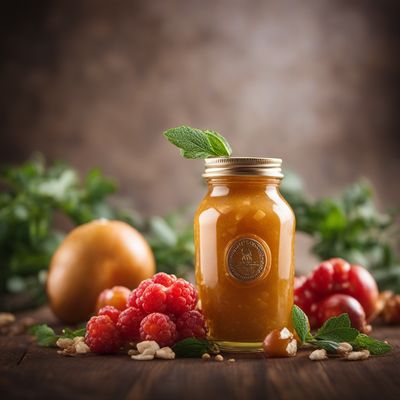
Deer liver
The Nutrient-Rich Delicacy: Exploring the World of Deer Liver
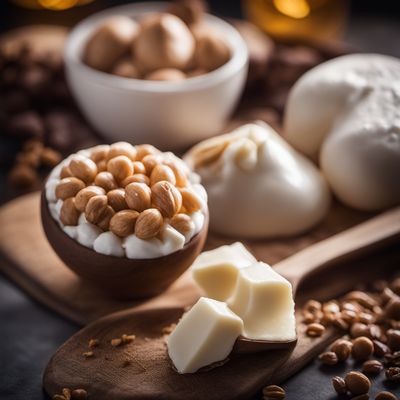
Bovine liver
The Nutrient Powerhouse: Bovine Liver

Equine liver
The Delicate Delight: Equine Liver

Hare liver
The Delicate Delight: Exploring the World of Hare Liver

Goat liver
The Nutrient-Rich Delicacy: Exploring the World of Goat Liver

Sheep liver
The Delicate Delight: Sheep Liver

Rabbit liver
The Delicate Delight

Wild boar liver
The Savory Delicacy: Wild Boar Liver
Recipes using Pig liver » Browse all

Ivorian-style Organ Soup
Savory Delight: Ivorian-inspired Organ Soup

Classic Danish Liver Pâté
Savory Delight: Danish Liver Pâté with a Twist

Dutch-style Pork Liver Skewers
Succulent Dutch Pork Liver Delight

Balkenbrij with Apple Compote
Savory Dutch Delight: Balkenbrij with a Sweet Twist

Cajun-style Brown Pudding
Spicy Cajun Delight: A Twist on Traditional Brown Pudding
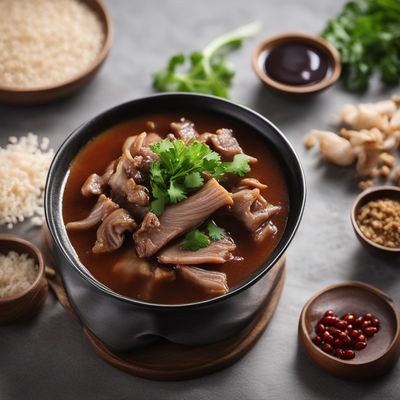
Pig's Organ Soup
Savory Delight: Singaporean Pig's Organ Soup
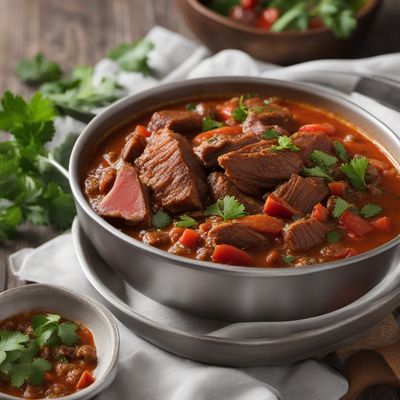
Puerto Rican Candinga Stew
Savory Delight: Puerto Rican Candinga Stew

Haute Livermush Delight
Elevating Livermush: A Haute Cuisine Twist
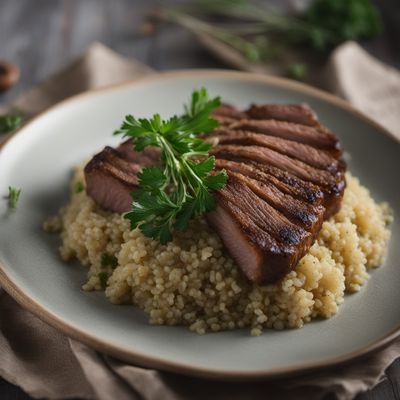
Traditional British Faggots
Savory Delights: Classic British Faggots with a Twist

Homemade Braunschweiger Pâté
Savory German Liver Spread: Homemade Braunschweiger Pâté

Hungarian Hurka with Paprika and Garlic
Savory Hungarian Sausage Delight

Classic French Pork Terrine
Savory Delights: A French Pork Terrine to Savor